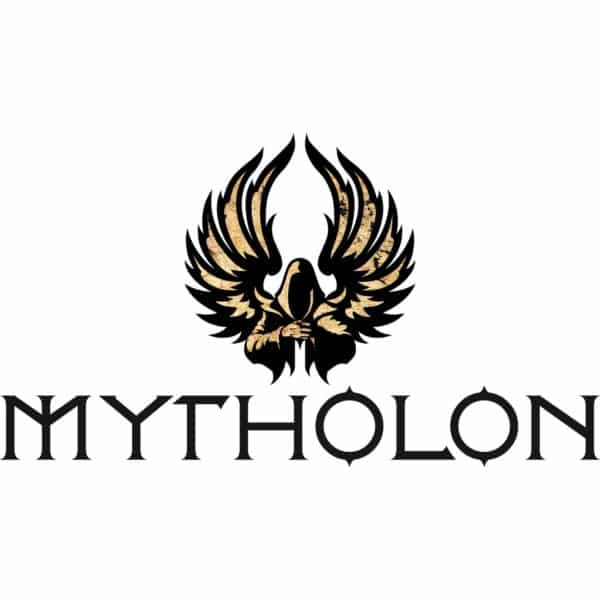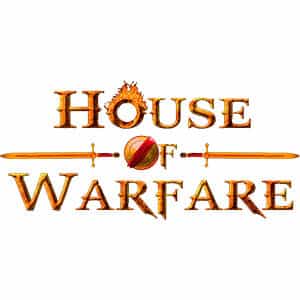It’s easy to evoke the stereotype of the medieval banquet: the King sits at the head of the table, gnawing on a turkey leg, servants bringing in huge platters of food like the suckling pig (complete with obligatory apple-in-mouth), guests eating with their hands, and everyone downing copious amounts of mead.
But the turkey was only introduced to Western Europe midway through the 16th century, at the very end of the medieval era – King Henry VIII may have been the first English monarch to eat it, and even that is only historical guesswork. Our idea of what did Medieval people eat only extends to the very wealthiest people in society: the elite nobility. As well, the ‘medieval’ era covers an enormous variation in time and place: in a fragmented Europe where food economies were generally very local, the diet of a Norse farmsteader in 9th century Denmark was radically different to that of a 15th century Florentine brickworker. So here we’ll have a whistlestop tour of the culinary delights of the Medieval world: from wine-soaked bread sops to why beavers are actually fish!
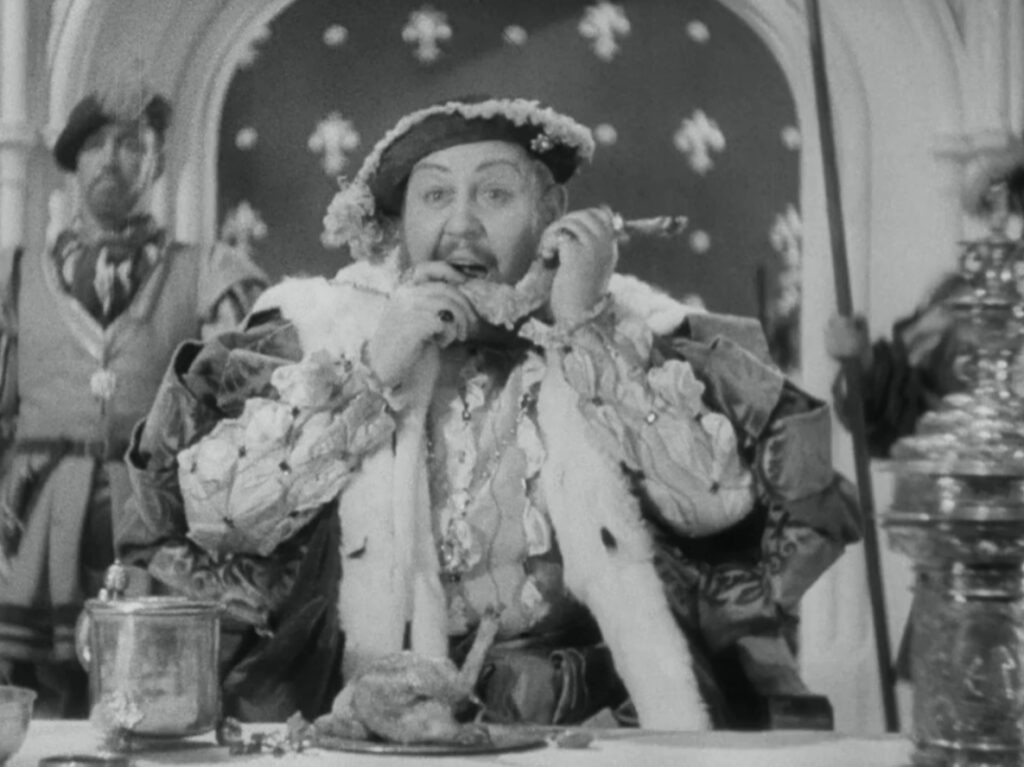
A Banquet Fit For A King
As with most things medieval, we know most about what the nobility tended to eat. More than seventy hand-written medieval cookery books have survived to the modern day, and since only wealthy patrons and religious institutions had the ability to commission and keep (and indeed read!) books, they document the eating habits of the wealthy. These books are often written as practical instruction manuals for professional cooks, showing that wealthy nobles prioritized good food to the extent of retaining dedicated members of staff.
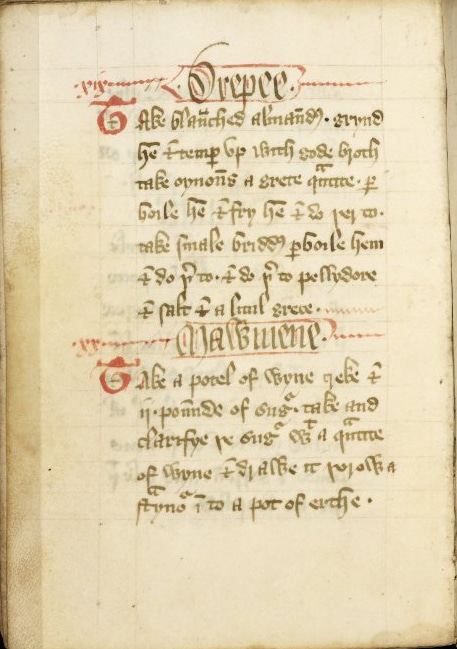
Tremendous value was placed on the exotic in Medieval society, and the diets of the wealthy show an outward-facing consumption style designed to make a statement of their social position. Spices traded over enormous distances such as pepper, cinnamon and ginger would have been used to flavour dishes, and no medieval person would have missed the significance of being able to access these exclusive delights.
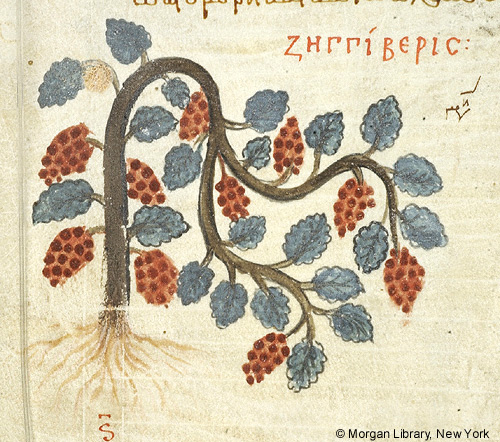
Our image of the medieval banquet as a meat-feast is somewhat accurate. Nobles would frequently eat freshly-caught game from their lands (venison and boar were always popular) – but we shouldn’t think of meat-eating as universal and all-encompassing for the nobility. For example, recent analysis of the remains of some 2,000 Anglo-Saxons suggests that Anglo-Saxon nobles were far more vegetarian than we assumed, much like the peasants that they ruled over. But religious feast days were often the occasion for more dramatic sights. Peacocks, seals, and even dolphins and whales are recorded as being specially served on medieval banqueting tables! As well, The Boke of Kervynge (1500 CE) warns that fresh fruit and vegetables are bad for the health – probably due to the risks of spoiled food, so pickled and preserved food was often served. Whilst nobles pursued exotic tastes and flavours, great care was often given to the presentation of food: colourings were often used, such as saffron for yellow, or sandalwood for red. All of this taken together made the diets of medieval nobles a veritable feast: highly spiced, colourful and calorific.
Food For The Masses
But what the vast majority of medieval people weren’t wealthy nobles. The nobility never accounted for more than 3% of the population of medieval Europe – the overwhelming majority were almost always agricultural labourers or small-scale land-holding peasants. In many Medieval European states, a majority of the population were not even permitted to leave the land they farmed, being bound as serfs or villeins. So answering ‘what did Medieval people eat’ involves looking at the diets of these people. But this has its own problems! The nobles, being noble, were literate and interconnected, commissioning cooking manuals and exhibiting ostentatious public behaviour. But commoners were just trying to get by the best they could. Such courtly sources don’t shed much light on the behaviour of ordinary Medieval Europeans. So much of what we know of the peasant diet is inferred from oblique references and good guesswork.
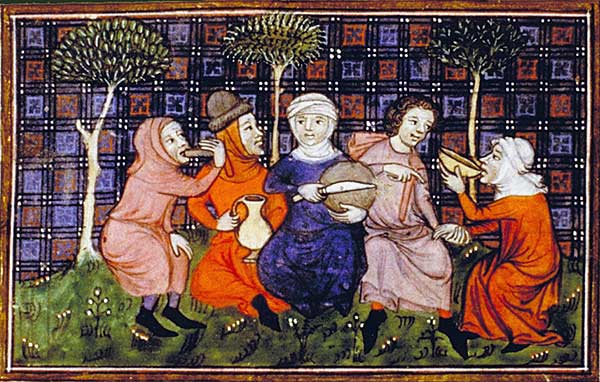
The staple of most people’s daily food intake would have been simple cereals: rye, buckwheat, oats, millet and barley were common medieval crops that would grow almost everywhere in Medieval Europe. Wheat was a rarer crop in Northern Europe, and so bread was generally more frequently eaten by the wealthy (for example, as ‘sops’ which would be soaked in spiced wine or spicy sauce) – although bread consumption became more widespread toward the end of the Medieval era. Vegetables were often grown on peasants’ small plots of land: carrots, onions, garlics, winter chard were common additions to the diet. Of course, common modern Western European staple vegetables like tomatoes and potatoes were unknown to the Medieval world – they only began to spread gradually into Western Europe after the Colombian contact of 1492 (an event which in many chronologies marks the end of the Medieval world).
What is certain is that meat made up a much smaller part of the average peasant’s diet than your average lord. Cows, sheep and wild game required significant land investment to rear, and so other sources were sought. Pigs, on the other hand, were happy to root and sustain themselves on common land, and so they would be bred and released as a walking larder, to be butchered when needed. Coastal food sources were often available to peasants – for example, archaeological evidence shows that the Vikings in York would have gotten significant proportions of their nutrients from shellfish (Viking trash middens are often full of discarded oyster shells!).
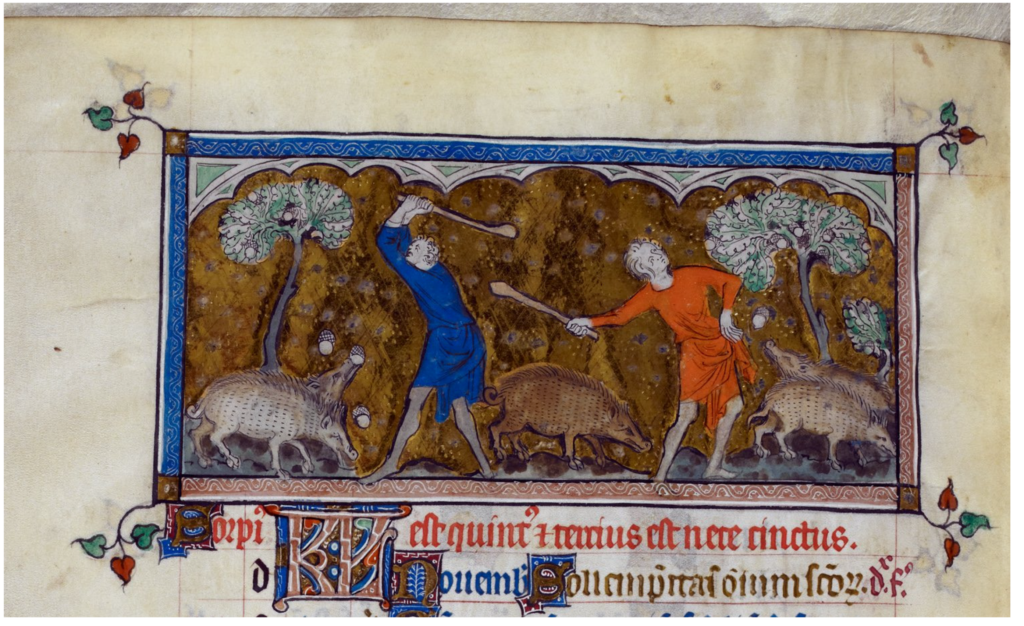
As we mentioned above, preserved food were common amongst Medieval diets – but for poor peasants, preserving food was absolutely critical for survival. Medieval societies existed far closer to the ‘edge’ than modern Europe: local crop failures could spell hunger and even starvation, and preserving seasonal food was vital even in ordinary times to spread food throughout the year. Meat and fish could be salted, dried or smoked. Grains were a little more resilient, especially where they could be milled into flour and stored, although this storage presents its own issues: granaries had to be well-maintained and dry, often being built on raised platforms to escape from pests and groundwater. Whilst rearing animals for their meat was generally the province of the upper-classes, milk and dairy products would have made up another important part of the peasant diet. Cheese was especially important, as it was a highly resilient food that would keep for long periods of time, and was a critical source of calcium and protein.
Medieval Meals
So we’ve talked about what did Medieval people eat – but how did they eat it? What sort of meals did people eat? What did Medieval people eat for breakfast, lunch and dinner? Did they even have three meals at all?
Most evidence tends to suggest that wealthy Medieval people would have eaten two meals a day: a large mid-day meal, and a light evening meal. There was a significant social taboo amongst the gentry and the clergy surrounding breakfast. Breaking the nightly fast early was considered gluttonous and sinful, and whilst there was a fashion for grazing throughout the day amongst the idle wealthy, most medieval nobles would have paid close attention to display moderation in one’s eating habits. But for the labouring classes, there was no such taboo: eating at daybreak was vital for maintaining energy, and peasant meals tended to favour a larger evening meal after the day’s work was done.
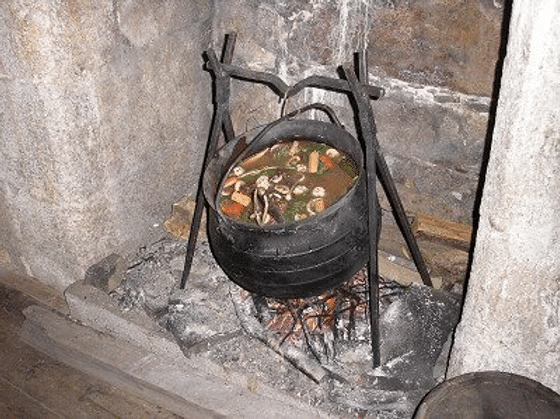
An almost-universal food preparation in the Medieval era was ‘pottage’, a thick stew made by boiling cereals together with whatever vegetables were seasonally available, plus seasonal fruit – and maybe even some salted or dried meat if it was available. This was easily prepared with minimal cookware – a simple iron cooking pot, some water and the ingredients (as well as some salt and maybe some simple spices if you were pushing the boat out) were are all you’d need. It’d be a reasonably nutritious meal, good for sustaining outdoor agricultural field labour.
Eating a Medieval meal would have been quite different to a modern one. Where you might expect to see a setting with a ceramic plate, and a knife and fork, there might be nothing at all. If your host was very wealthy indeed, they might serve food on a pewter plate, but more often food would be served in scooped-out loaves of stale bread called ‘trenchers’. You would likely eat using your own knife, and spoons and forks would only become commonplace in the post-Medieval era. Food was served in separate courses, but Medieval people often had quite different ideas about what food went with what. Sweet and savoury items were frequently served together, instead of savoury courses followed by dessert. The sequence of courses was often determined by the Medieval theory of the four bodily humours: hot and dry confections (like spiced sweetmeats or fortified milk) would be served as an aperitif, followed by light vegetables and white meats, then by dark meats such as beef or pork, and finally rounded off with strong wine and mature cheese, thought to aid the digestion.
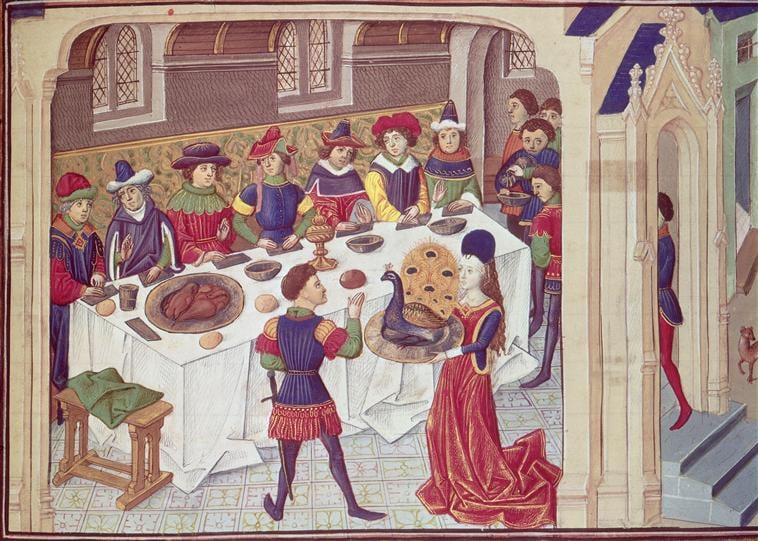
Food and God
As with everything in Medieval life, religion and food were heavily interlinked. Religious observance meant that eating meat was restricted for more than a third of the year – and during Lent (the 40 days before Easter), almost all animal products were also prohibited. Where Christianity had relatively few dietary restrictions regarding specific foods (unlike Judaism and Islam), intermittent fasting served to remind devotees of the sacrifice of Jesus, and to demonstrate abstinence and restraint. Contrary to popular mythology, Bacchanalian feasts flowing with wine and rich food were often highly frowned-upon during the Medieval era, and though doubtless everyone liked to let their hair down, they were likely the exception rather than the rule.
Medieval writers record the great lengths to which people (even priests and monks) would go to circumvent the strict fasting rules: for example, it was still permissible to eat fish during Lent, and so the definition of ‘fish’ was stretched to include aquatic birds such as ducks, and even marine mammals such as beavers. Monks, whilst professing the most devout adherence to the Rule of St. Benedict, were not immune to temptation, and their strict dieting rules were often interpreted as applying only in the refectory (where monks would eat together), and so informal snacking went largely unpunished. Some Benedictine monasteries formally forbade meat altogether – whilst surreptitiously classifying secondary meat products such as bacon as not officially meat.
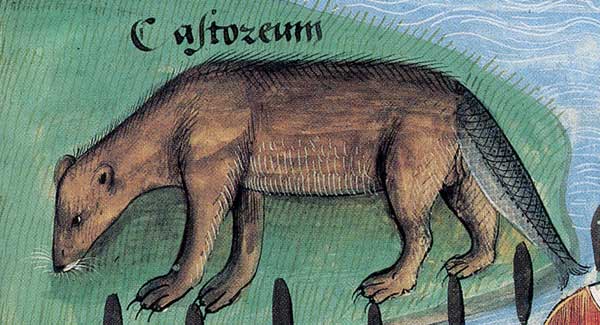
So – what did Medieval people eat? We’ve observed that Medieval diets were far more than just roast turkeys for the wealthy and gruel for the peasants. In many circumstances, wealthy diets were not that far removed from those of the peasantry, and everyone’s diets varied enormously across time and space in Medieval Europe. Many wealthy nobles were gourmands who sought out exotic tastes, and whilst the diets of ordinary people were conditioned by work and necessity, they still sought out special seasonal treats. One big area we haven’t talked about is what did Medieval people drink? – we’ll address that with its own rather tipsy blog! But for now, put down your trencher and give your pork rinds to the dogs. Time for the mature cheese and fortified wine!
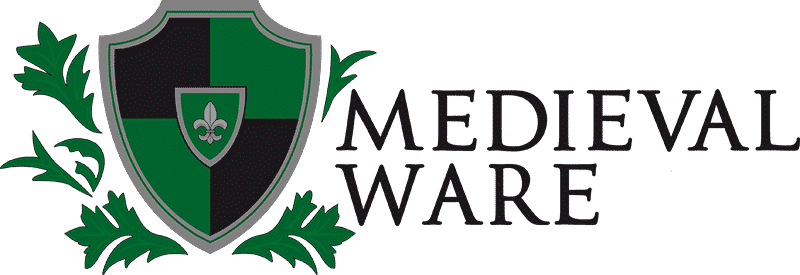
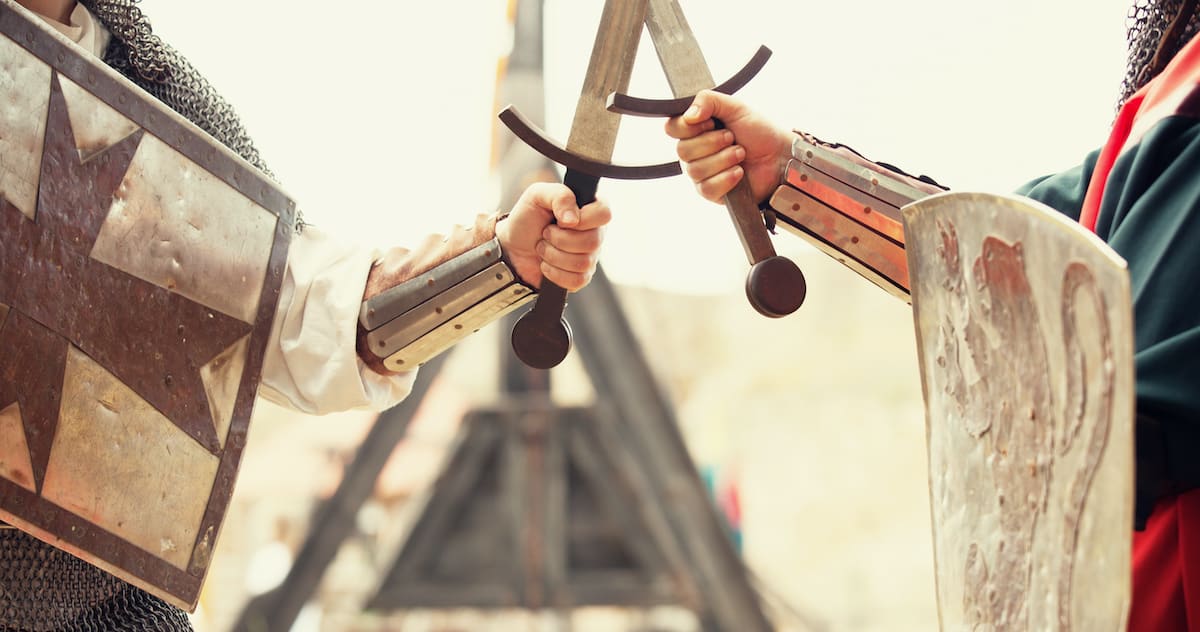 Historical Swords
Historical Swords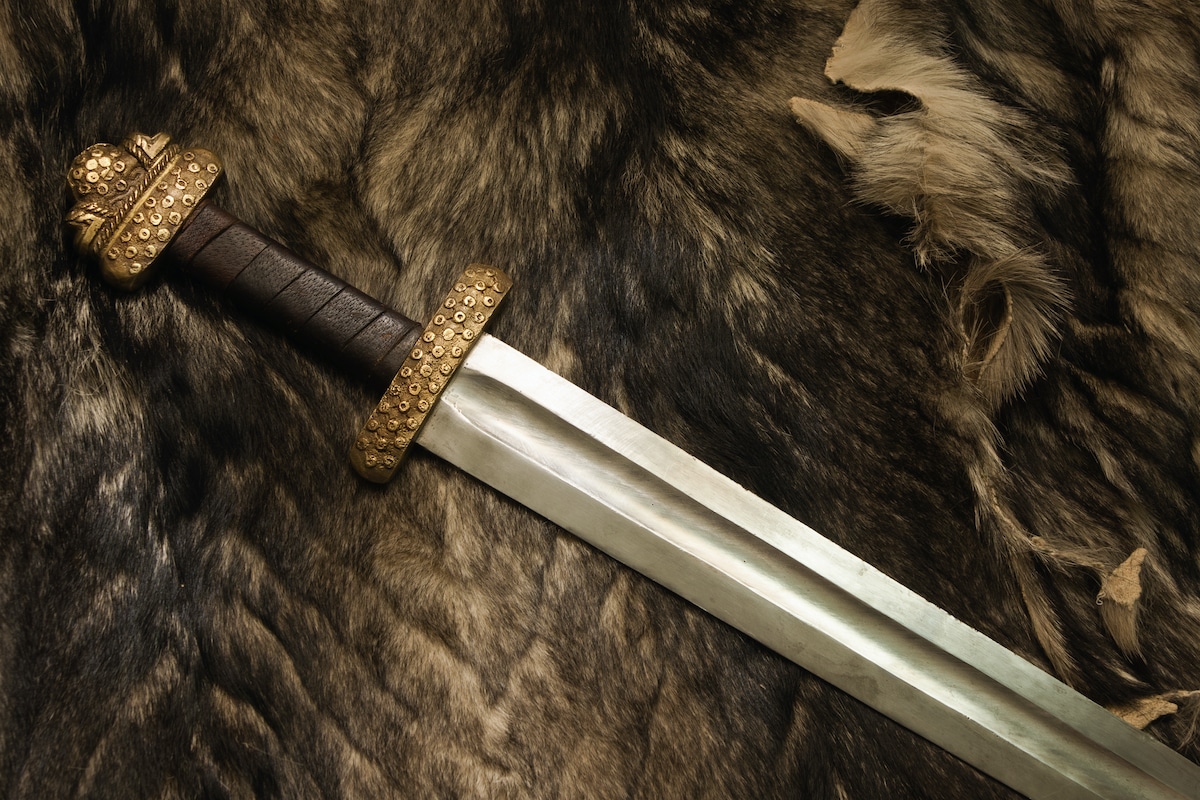 Norse & Viking Swords
Norse & Viking Swords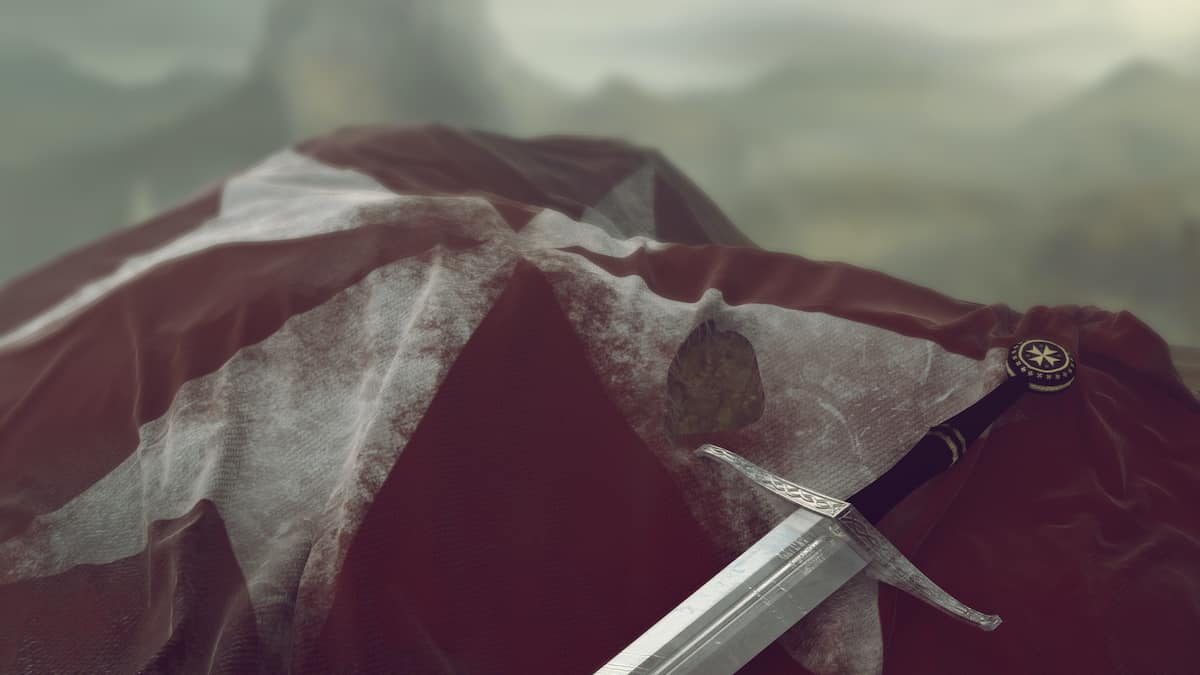 Templar Swords
Templar Swords Claymore Swords
Claymore Swords Fantasy Swords
Fantasy Swords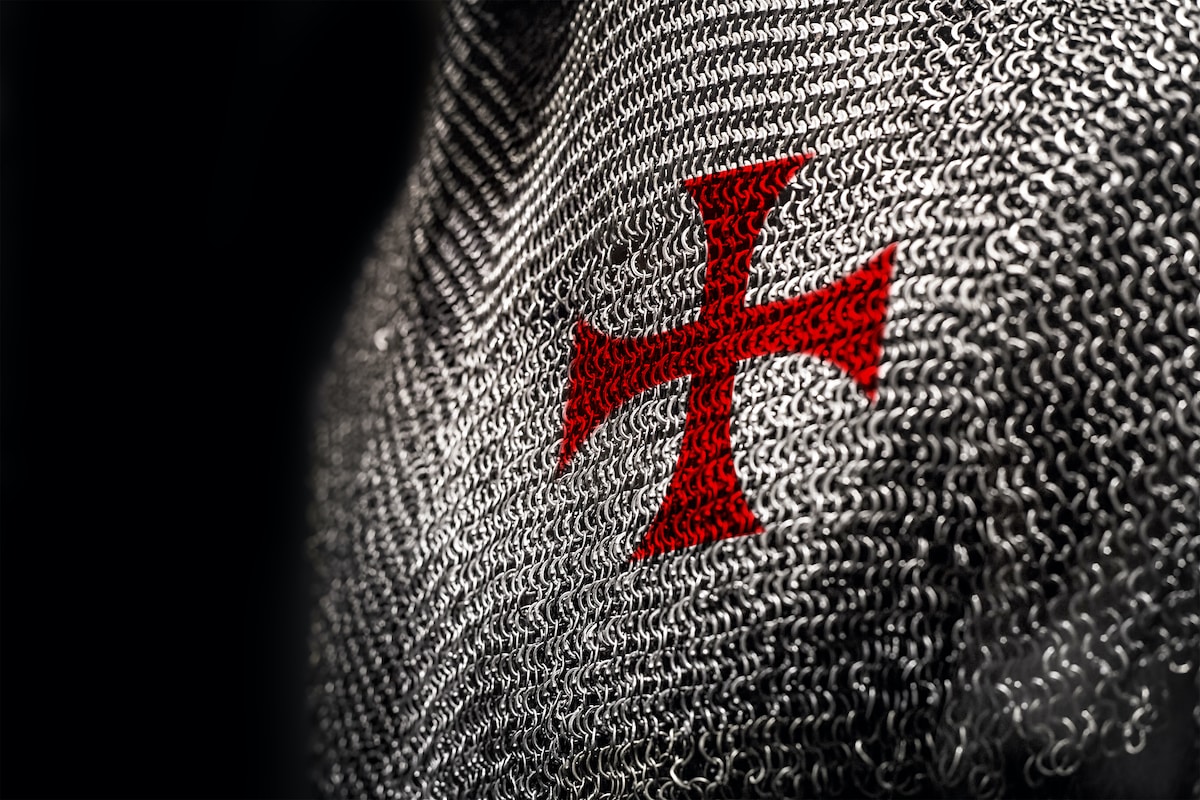 Chainmail
Chainmail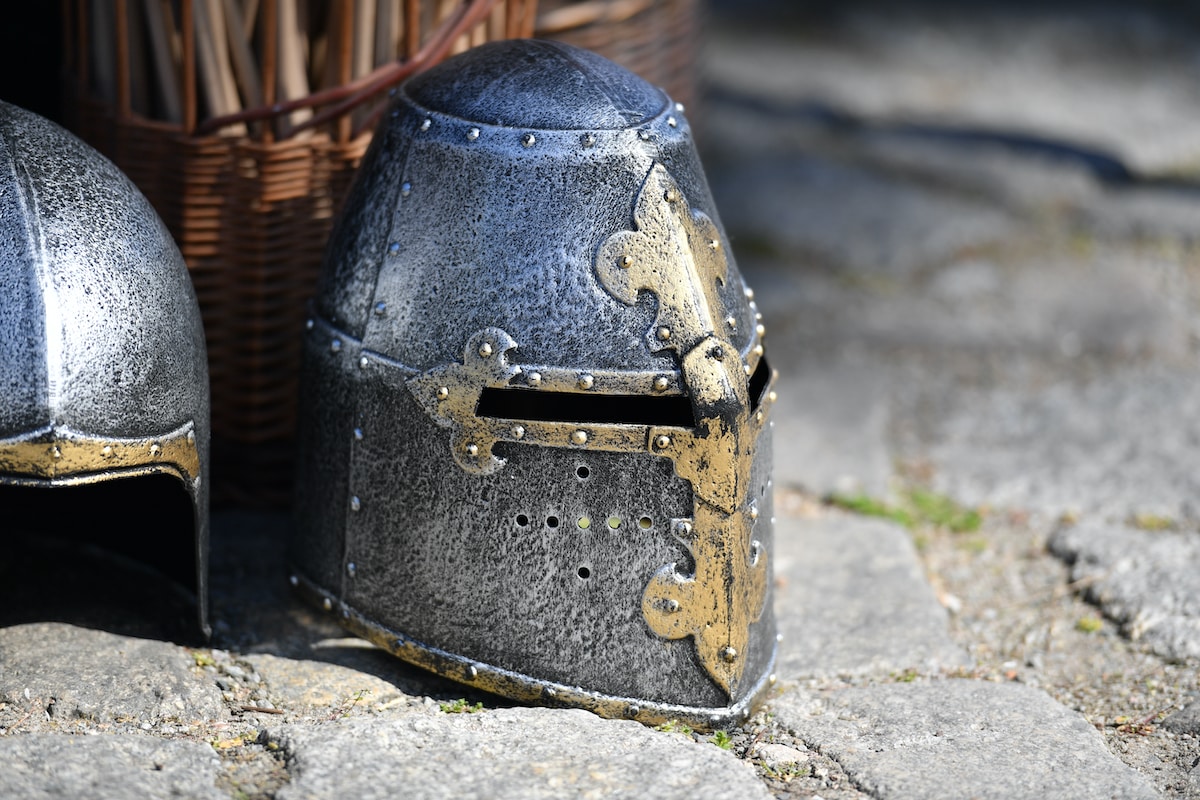 Helmets
Helmets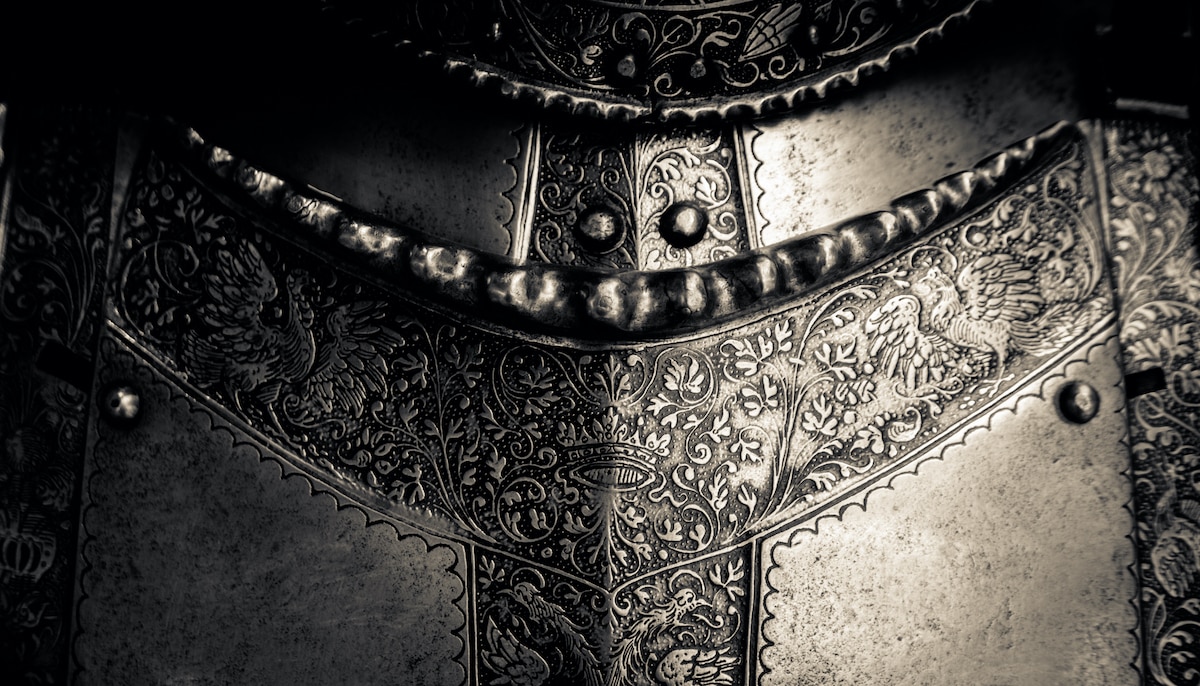 Torso Armor
Torso Armor Bracers and Arm Protection
Bracers and Arm Protection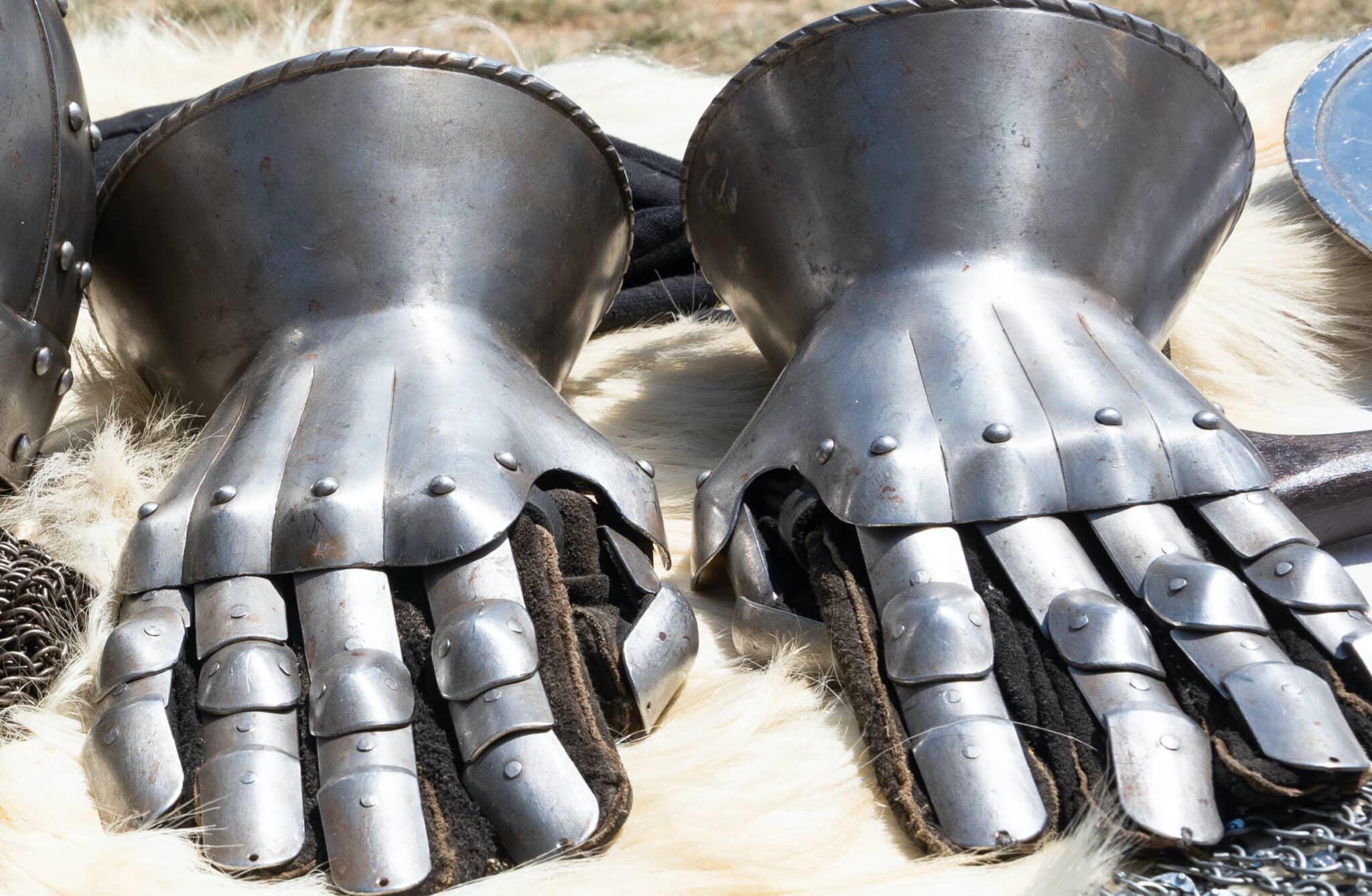 Gauntlets
Gauntlets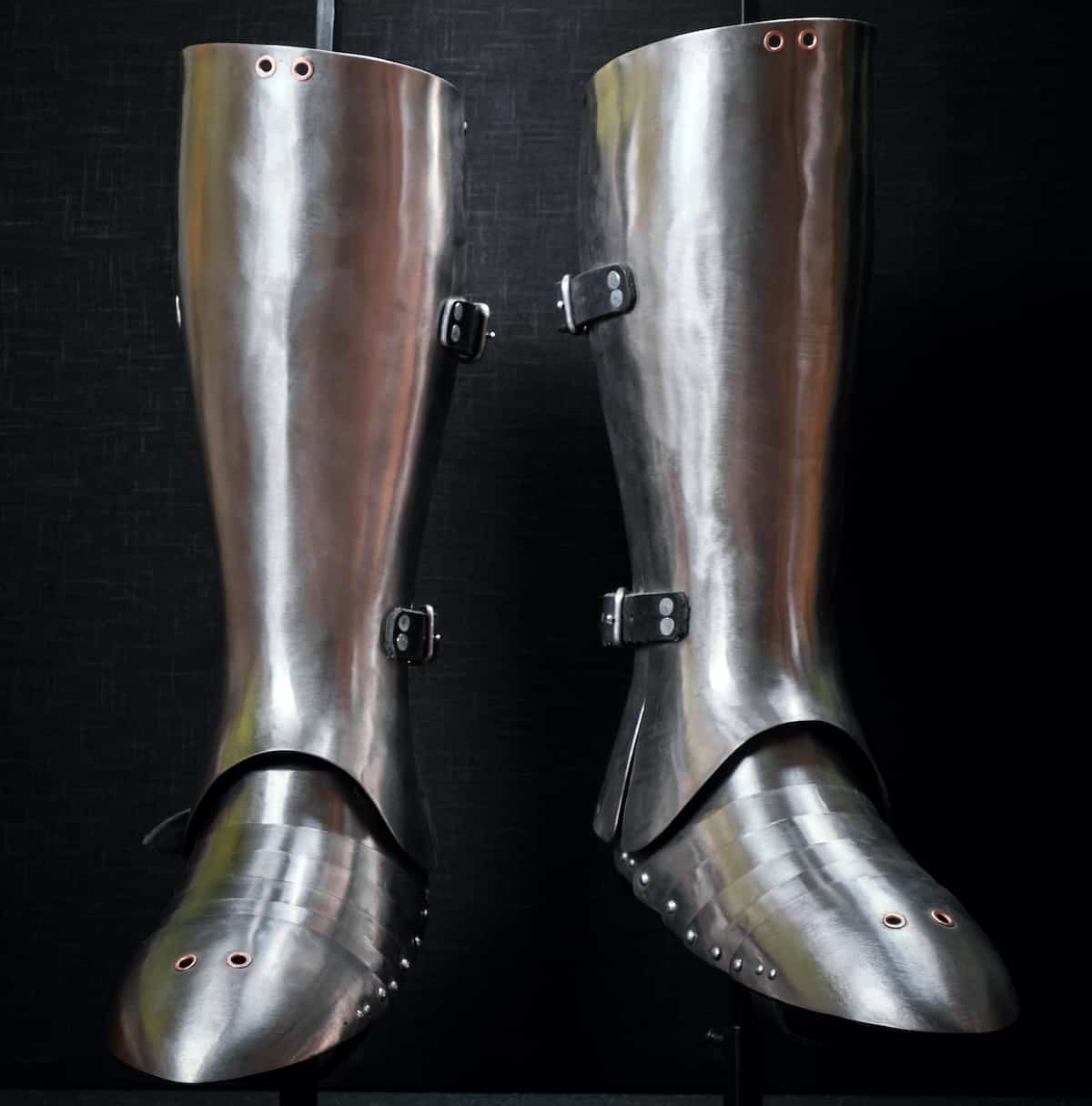 Leg Armor
Leg Armor Cloaks
Cloaks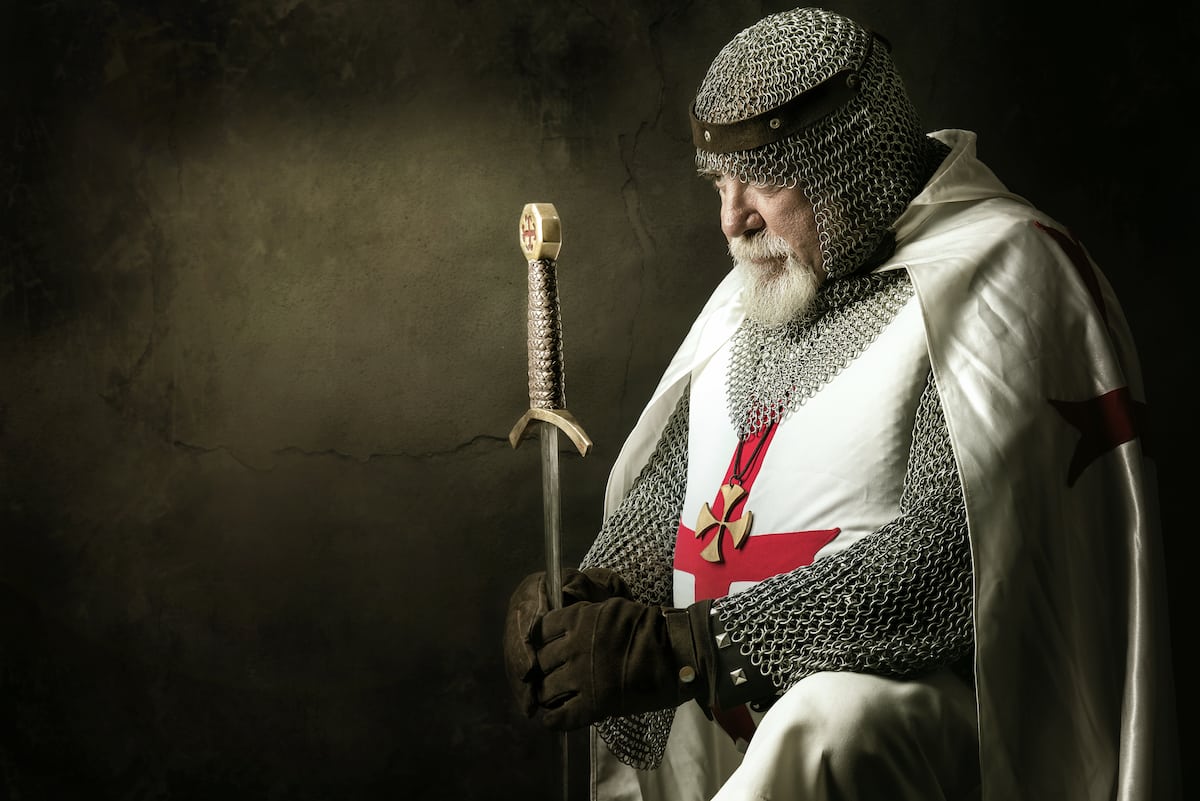 Tabards
Tabards Shirts
Shirts Tunics
Tunics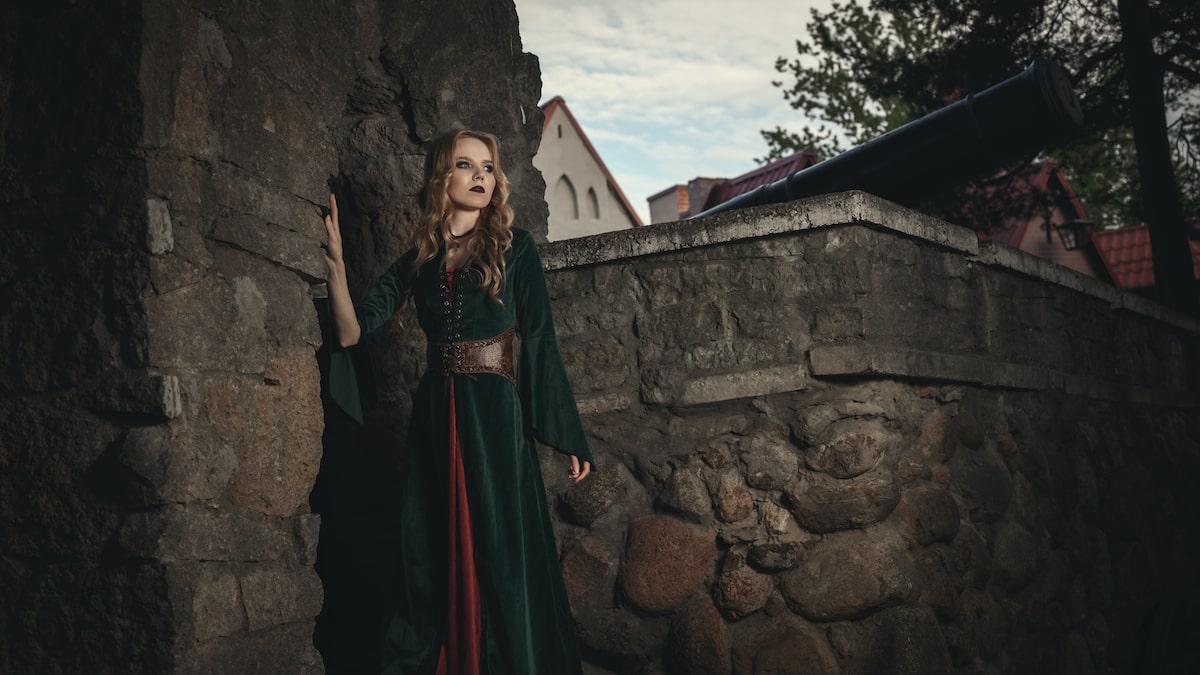 Dresses
Dresses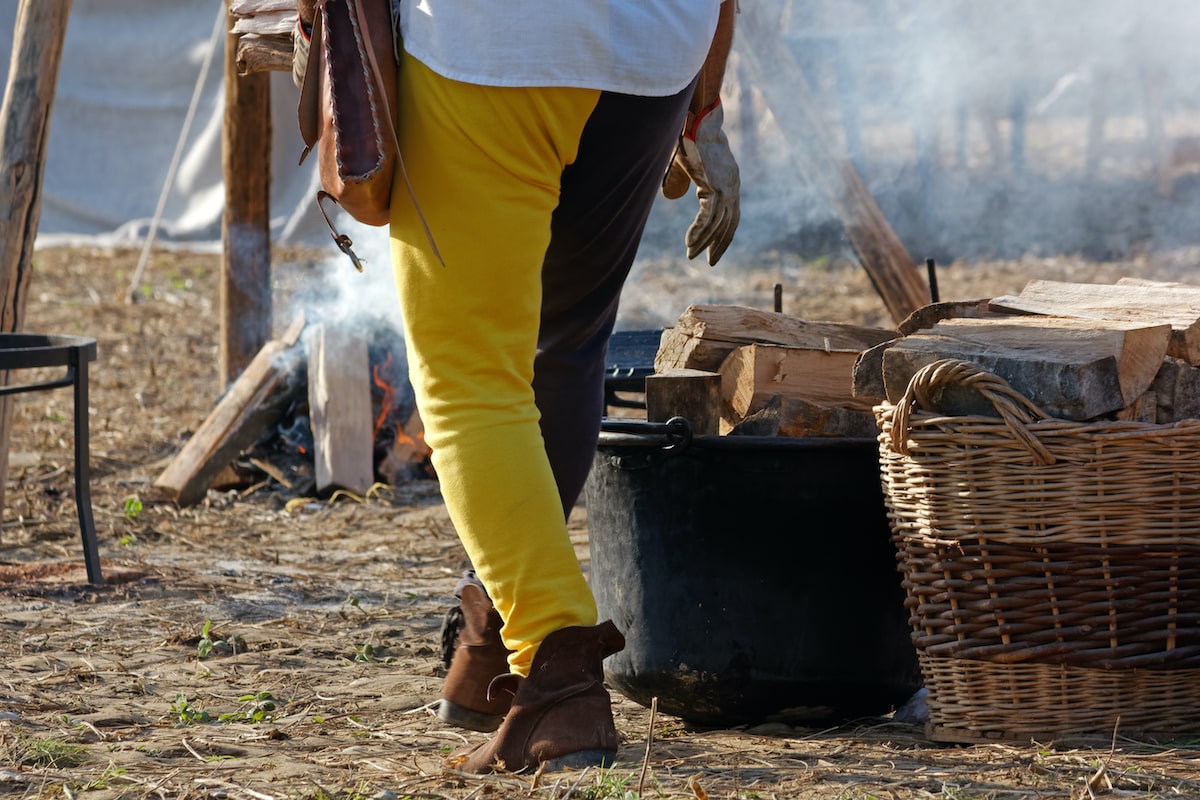 Pants
Pants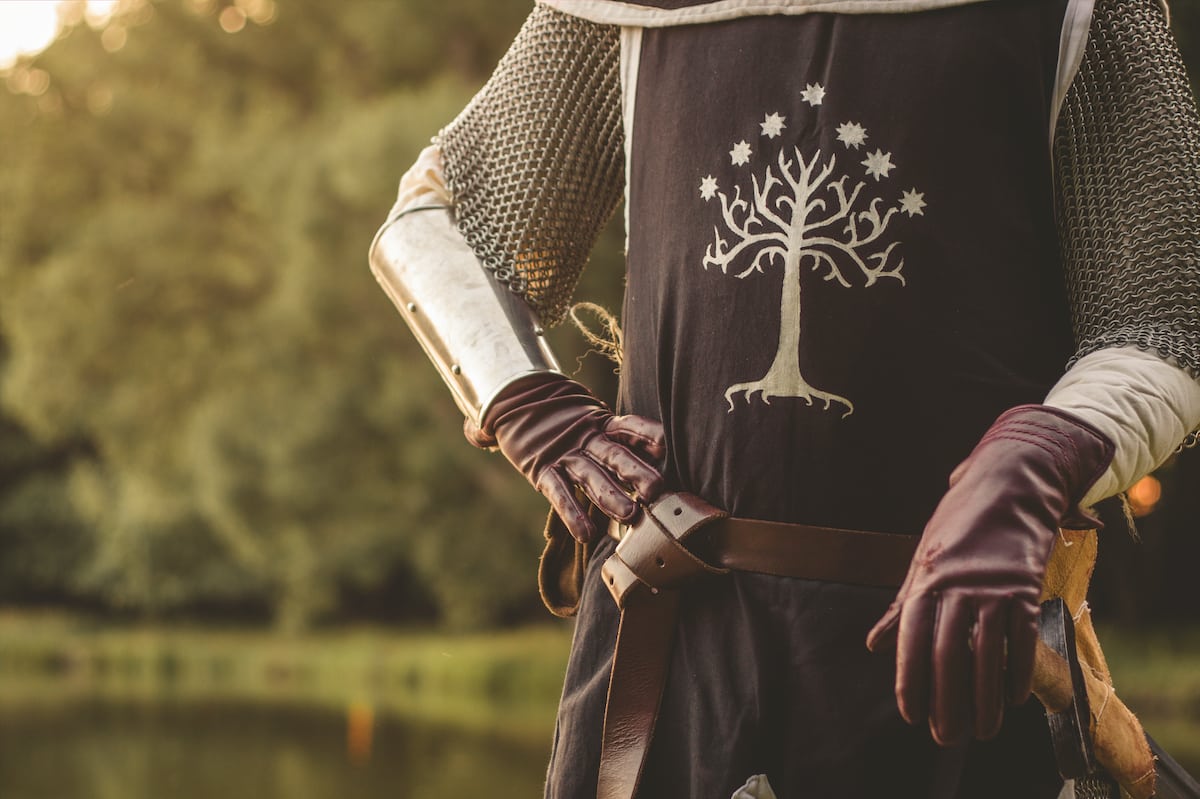 Gloves
Gloves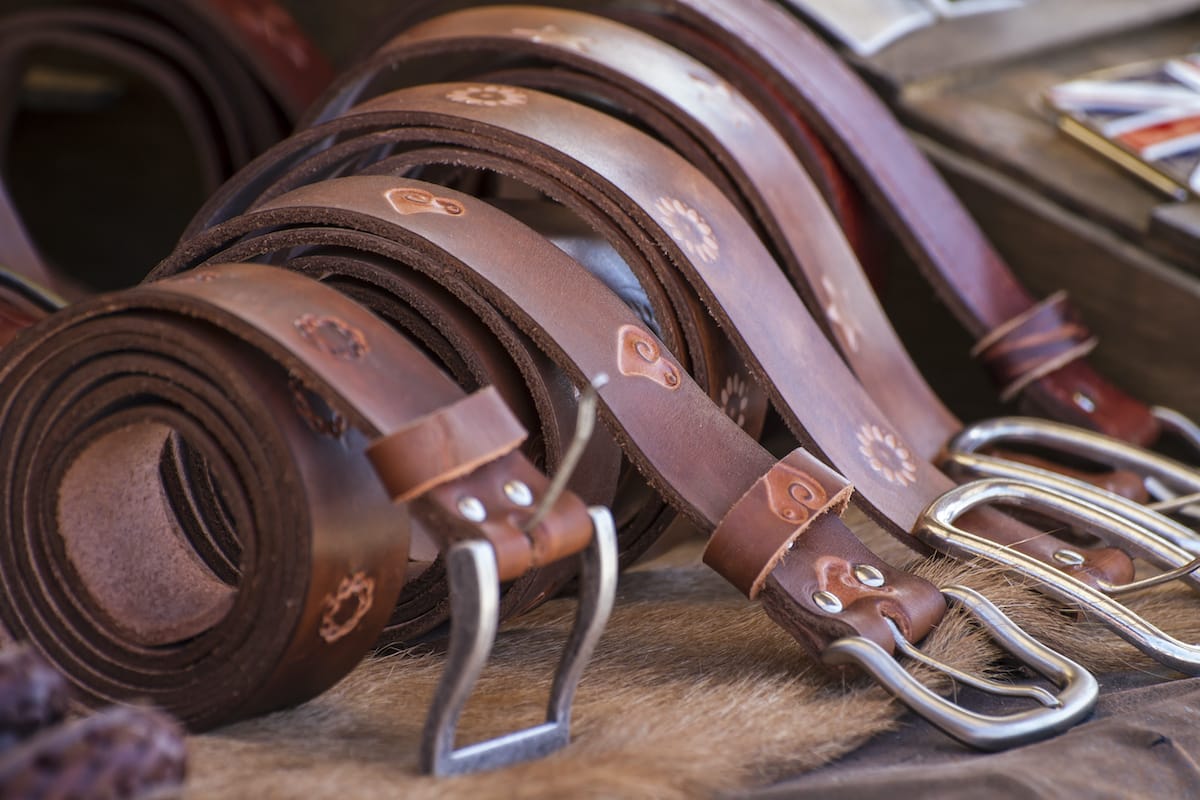 Belts
Belts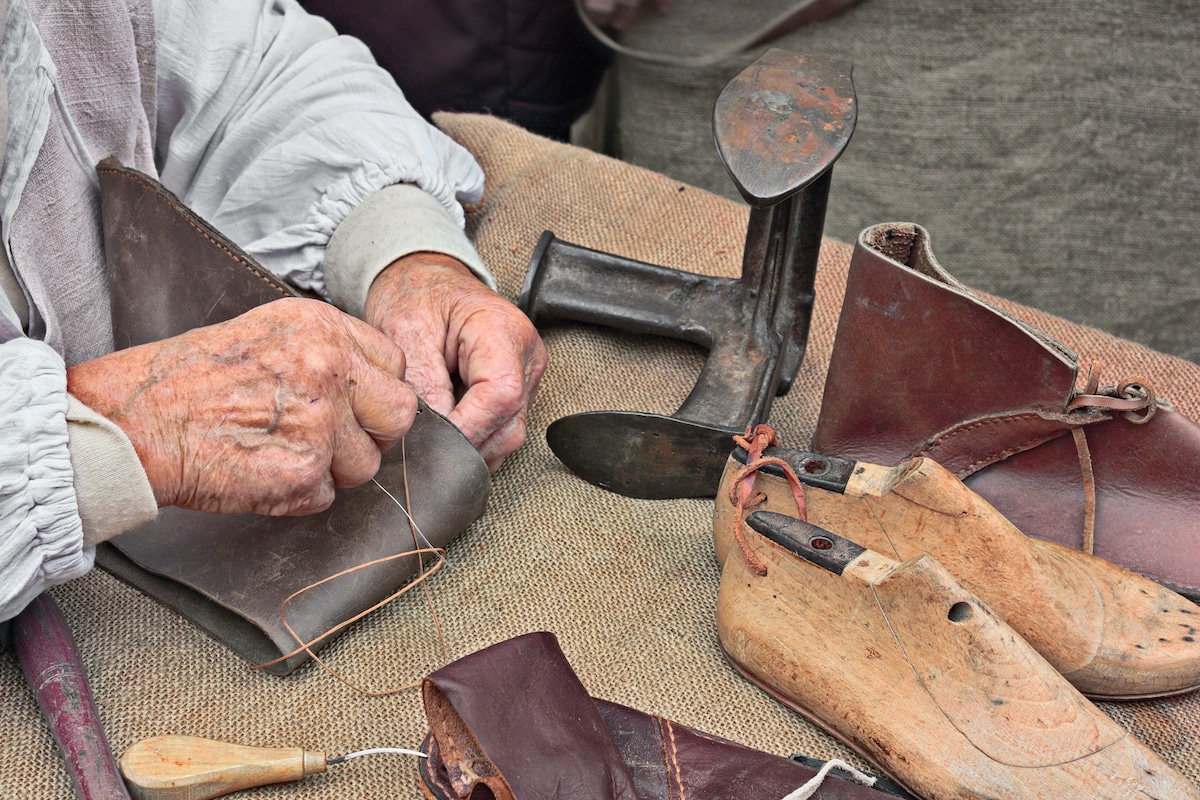 Shoes
Shoes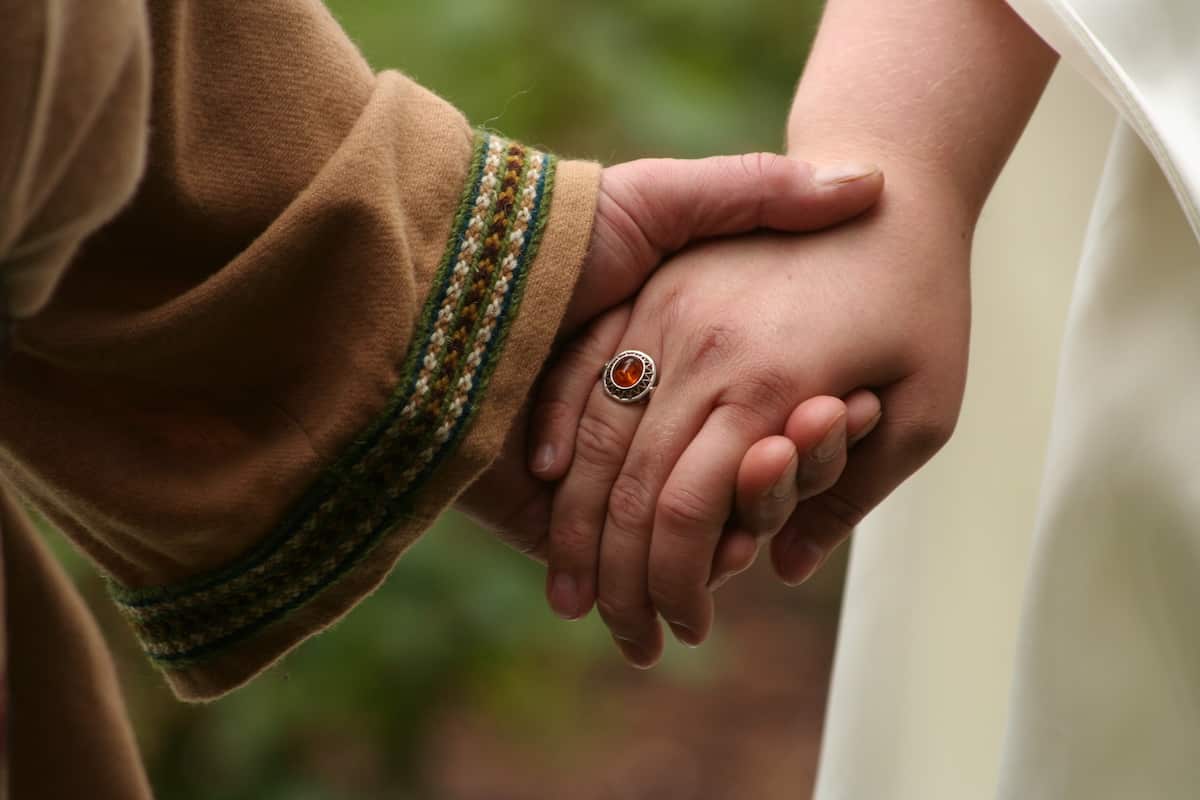 Rings
Rings Necklaces & Pendants
Necklaces & Pendants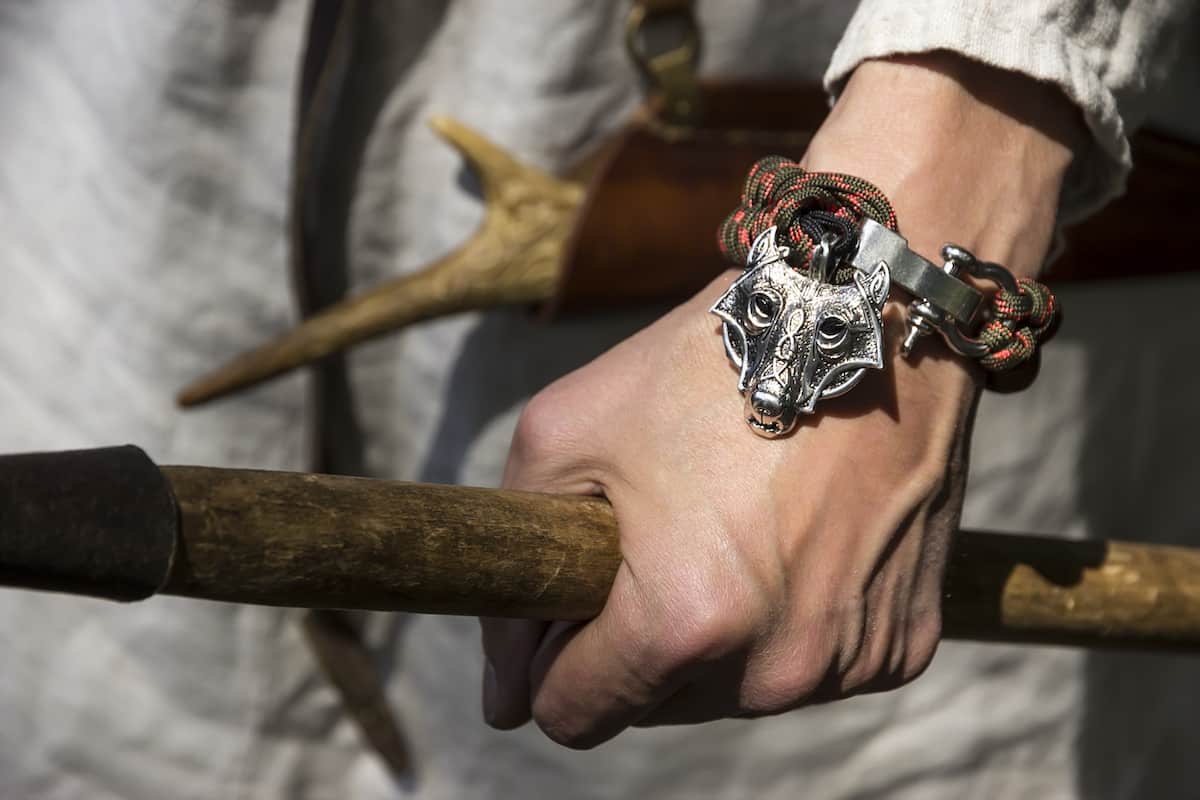 Bracelets
Bracelets